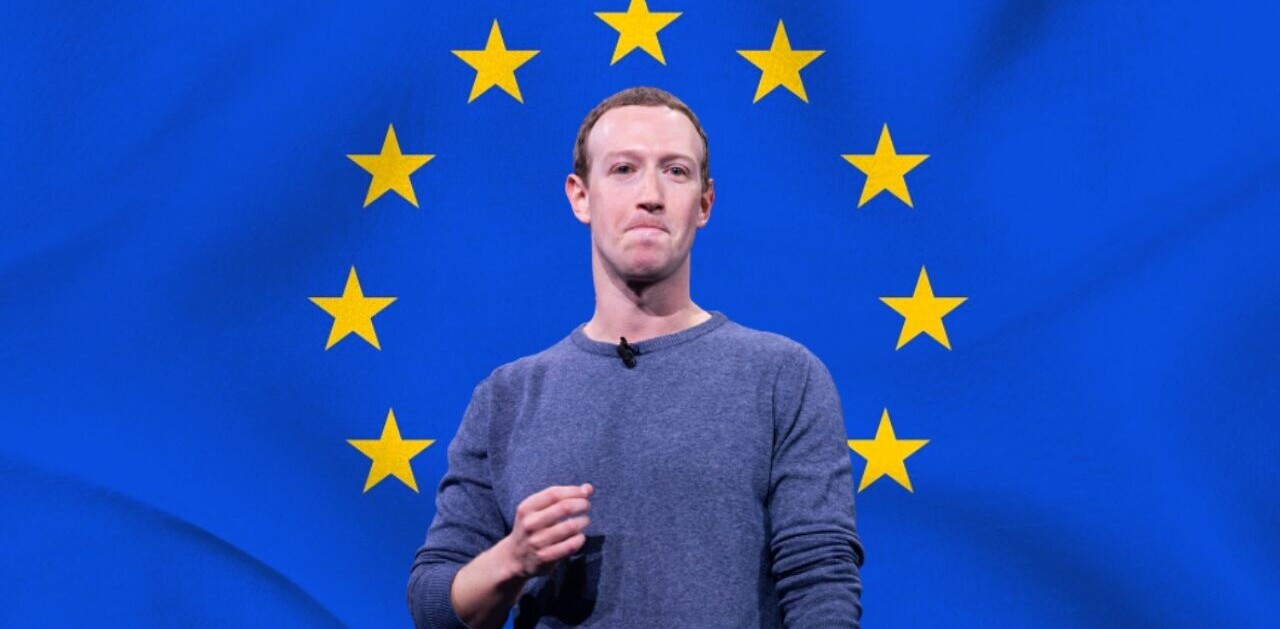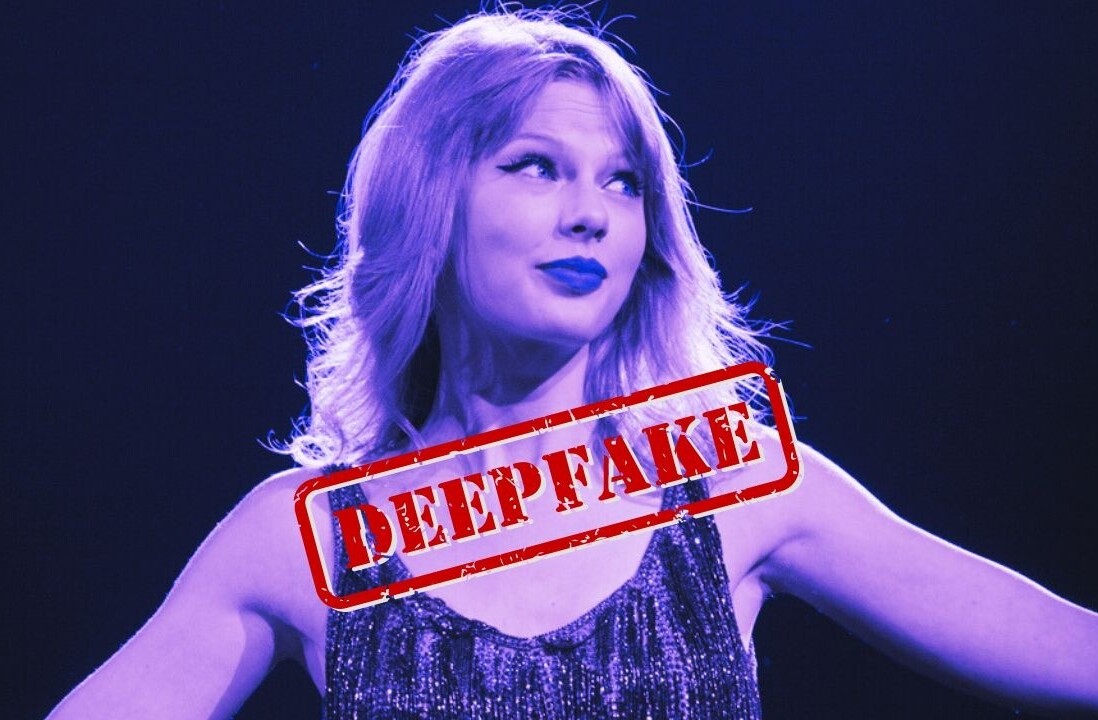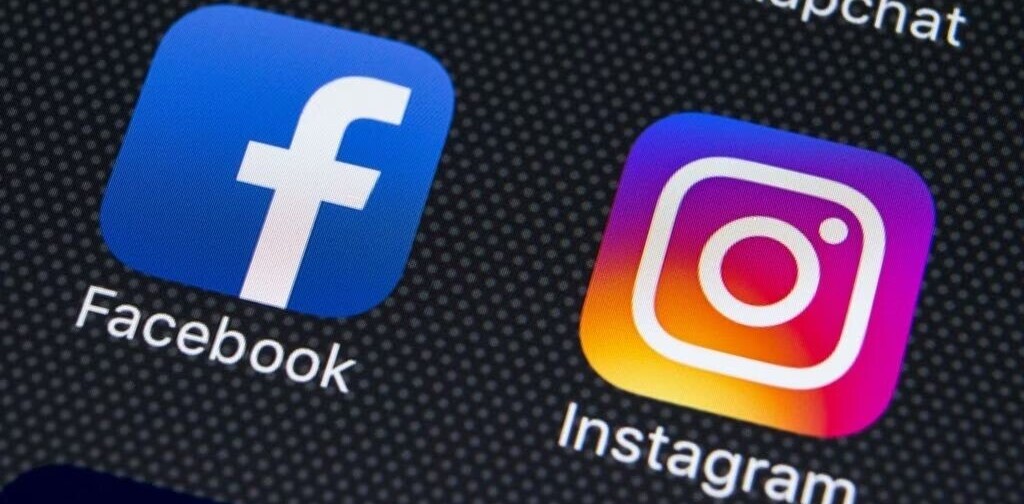
So…8.7% of Facebook accounts are fake, as CNET noted earlier today. That translates into 83m users, if we’re using the 955m figure announced by Facebook recently.
How does Facebook figure this out? Well, in its 10-Q filing (more info. on what that is here) yesterday, the social networking giant said:
“The numbers of our MAUs (Monthly Active Users) and DAUs (Daily Active Users) and ARPU (Average Revenue Per Users) are calculated using internal company data based on the activity of user accounts. While these numbers are based on what we believe to be reasonable estimates of our user base for the applicable period of measurement, there are inherent challenges in measuring usage of our products across large online and mobile populations around the world. For example, there may be individuals who maintain one or more Facebook accounts in violation of our terms of service, despite our efforts to detect and suppress such behavior.”
By Facebook’s reckoning, duplicate accounts likely represent 4.8% of its global MAUs, as of June 30, 2012. In addition to this, Facebook sub-divides ‘false’ accounts into two categories:
(1) user-misclassified accounts, where users have created personal profiles for a business, organization, or non-human entity such as a pet (such entities are permitted on Facebook using a Page rather than a personal profile under our terms of service); and (2) undesirable accounts, which represent user profiles that we determine are intended to be used for purposes that violate our terms of service, such as spamming.”
Facebook estimates that so-called “user-misclassified” accounts could have represented around 2.4% of its MAUs globally, with “undesirable accounts” accounting for 1.5%. It also asserts that the percentage of duplicate or false accounts is “meaningfully lower” in developed markets such as the United States or Australia, and it’s higher in markets such as Indonesia and Turkey.
Facebook also acknowledges that its figures may not be entirely accurate, as they’re based on an “internal review of a limited sample of accounts, and we apply significant judgment in making this determination.” But assuming that this figure is roughly correct, what does all this mean for you?
Well, unless you’re prone to accepting invitations from ‘friends’ you’ve never heard of before, you’ve little to worry about. If you’re a business owner trying to leverage the might of Facebook’s online omnipresence, well, this perhaps isn’t great news.
There have been a number of reports in recent weeks that a significant chunk of Facebook Ad clicks come from bots, meaning that the company is paying for essentially ‘nobody’ to click on a link. Indeed, Facebook Ads generally aren’t being all that well received by many companies, and the social network is actively exploring other ways to make money, such as sponsored search results.
So…83 million fake accounts may sound like a lot, but that’s still leaves 872m bona fide accounts, which isn’t bad.
Get the TNW newsletter
Get the most important tech news in your inbox each week.





